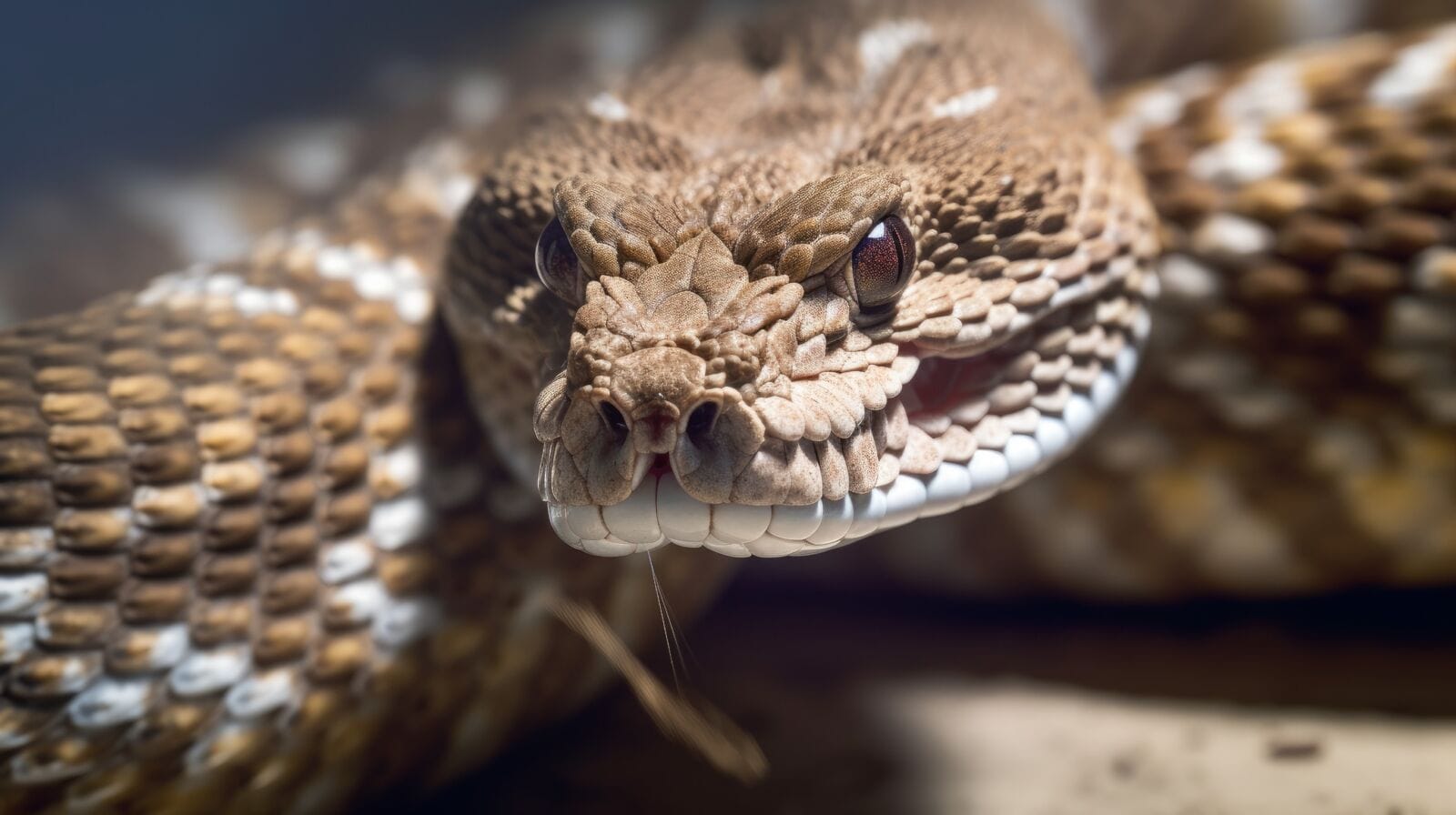Arizona State University Professor Heather Bateman is rooting for the Diamondbacks. Sure, she’s been enjoying the spectacular run of her hometown Major League Baseball team in their pursuit of a second World Series championship, but as a conservation biologist and field ecologist with a passion for herpetology, it’s actually the team’s namesake — the western diamondback rattlesnake — that has her heart.“From a biological and evolutionary perspective, all rattlesnake species are pretty amazing,” said Bateman, who regularly teaches Applied Herpetology and other courses in the applied biological sciences major in the School of Applied Sciences and Arts in ASU’s College of Integrative Sciences and Arts at the Polytechnic campus.
“Without limbs to help them pursue and capture prey or to flee predators, their physical features and behaviors epitomize the elegance of evolutionary biology. And they’re an incredibly important part of our desert ecosystem in the Southwest,” she said.
Bateman focuses part of her research on human perceptions of wildlife in urban areas, where human-wildlife interactions are increasing and where disconnects between perceived and actual risks and dangers of wildlife are common.
“For example, humans view birds favorably when they have a pleasant song and may rescue them if they think they are in need of help,” wrote Bateman, in a recent journal article. “But reptiles are often viewed as a threat or nuisance. Negative outcomes, such as killing, can occur when humans fear or merely dislike wildlife.”
Bateman knows the importance of applied learning and organizes plenty of hands-on field trips and opportunities for her students, to help them experience and understand wildlife in their natural habitats — and to see what careers in wildlife conservation can look like.
Bateman sat down with ASU News to share some interesting information about the biology and behaviors of the D-backs’ namesake.
10 western diamondback rattlesnake facts
“Knowing more about these creatures can reduce that ‘ick’ or fear factor,” said Bateman, “and increase understanding and appreciation of this highly specialized species.”
1. The western diamondback is one of 13 species of rattlesnake found in Arizona, which is home to more species than are found in any other U.S. state.
2. Diamondbacks are ectotherms (cold-blooded). They can’t regulate their body temperature like we mammals can, so they may retreat to protected burrows and other areas where they can safely be cold and less active to reduce energy loss in the cooler months. They are most active in Arizona in the spring, when they move from hibernation to foraging sites, and during monsoon season, when their prey is active and they seek out water.
3. Diamondbacks, like all rattlesnakes, are pit vipers. “Pit” does not refer to a favored dwelling place like a scene out of “Raiders of the Lost Ark,” but rather to the pits below their eyes where their highly evolved heat-sensing organs are located. They use these infrared heat sensors to locate endothermic (warm-blooded) prey even in darkness. “Viper” refers to their ability to inject prey with venom, using their sharp, hollow fangs like a hypodermic needle.
4. The triangular-shaped head, the dark slanted lines under the eyes (much like a baseball player’s eye black) and the alternating black and white rings on the tail of the snake are markings that help distinguish western diamondbacks from other snakes. Baby snakes are born with only a small “button” at the end of the tail, and a new rattle forms each time the snake sheds its skin. To produce the intense rattling sound, the muscle in the tail contracts up to 60 times per second.
5. Diamondbacks can grow to be 4 to 6 feet in length and may live more than 20 years.
6. Diamondbacks are patient “sit-and-wait” predators. They use their camouflage coloring as their first line of defense to remain unnoticed. They use their keen sense of smell and taste to detect where favored prey animals have been and may lie in wait outside small mammal burrows or along well-traveled rodent paths.
7. Rattles are used as a last resort to issue a warning. Diamondbacks prefer to remain silent and unnoticed by prey or predators.
8. Diamondbacks digest their prey slowly and only need to eat once every two or three weeks. Also, ectotherms have a lower demand for calories so eat less compared with similarly sized mammals.
9. Female diamondbacks carry fertilized eggs for about 167 days and then give birth to 10 to 20 live young. Young begin foraging on their own within 24 hours and are venomous from the start. There can be complex social systems in snake populations, and baby snakes can hang out in dens with other mothers.
10. If you come across a western diamondback while hiking, don’t run or do anything to startle or threaten it, but rather back away slowly and give it plenty of space. Enjoy the opportunity you have to see this unusual species in the wild.




